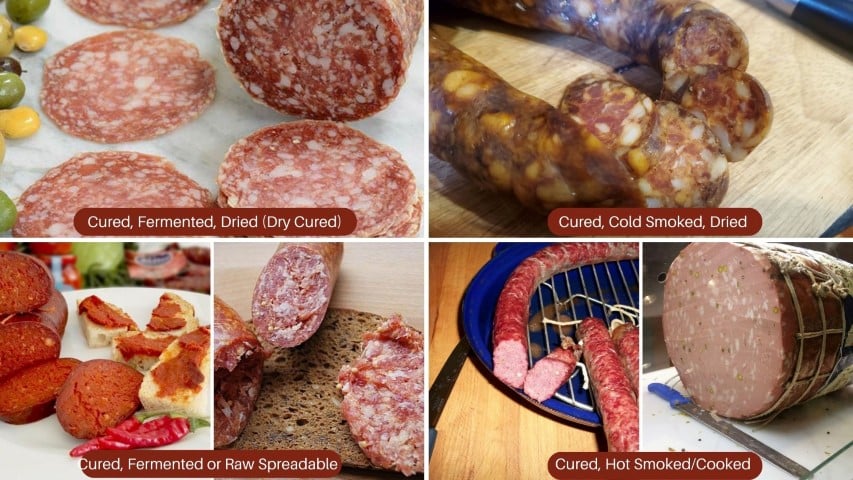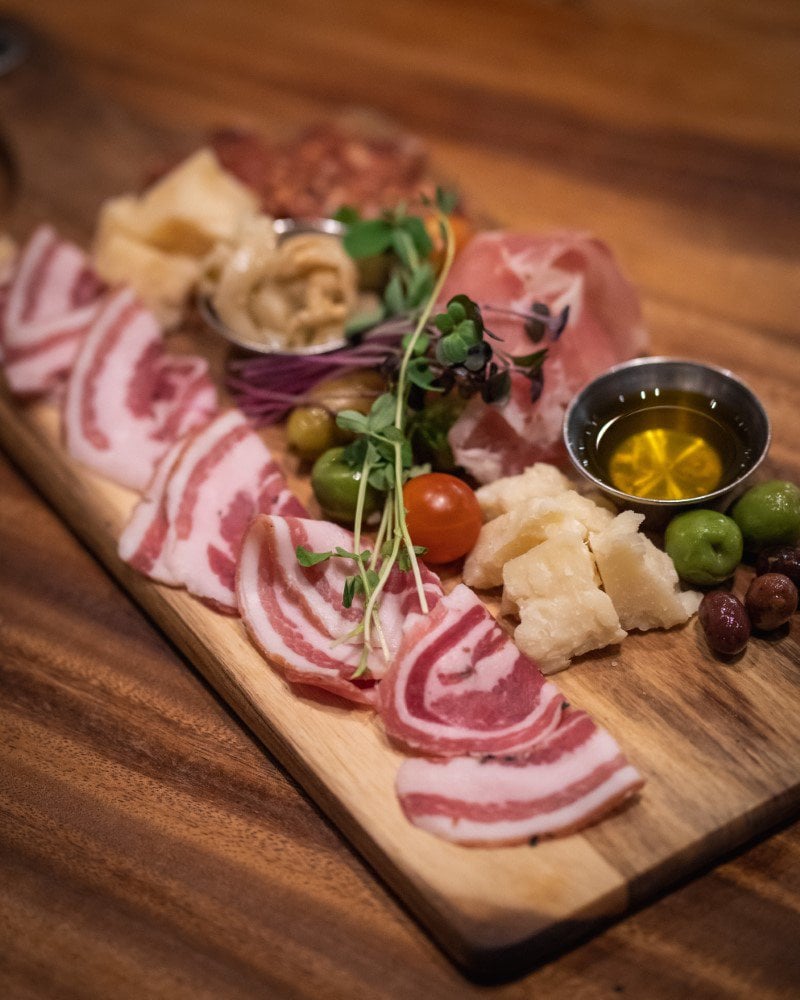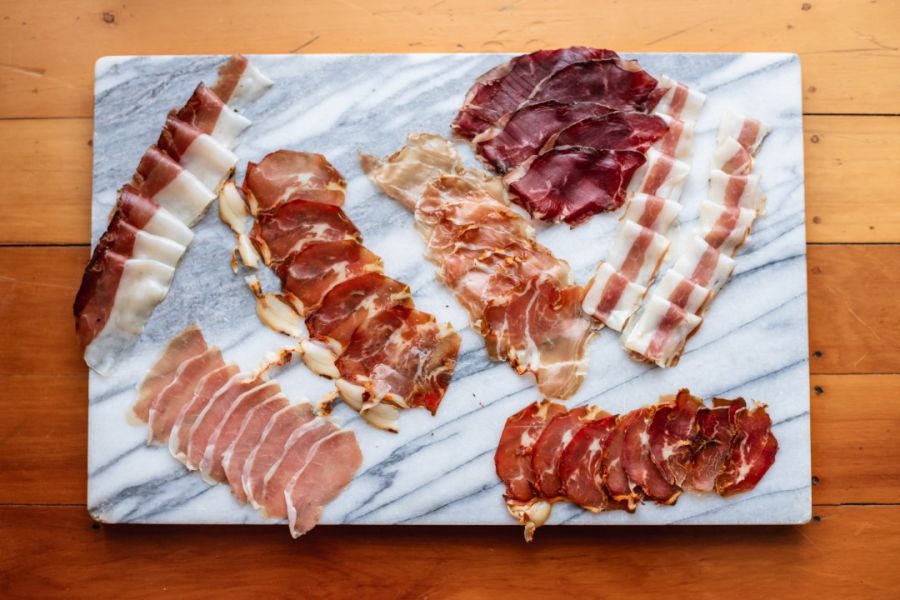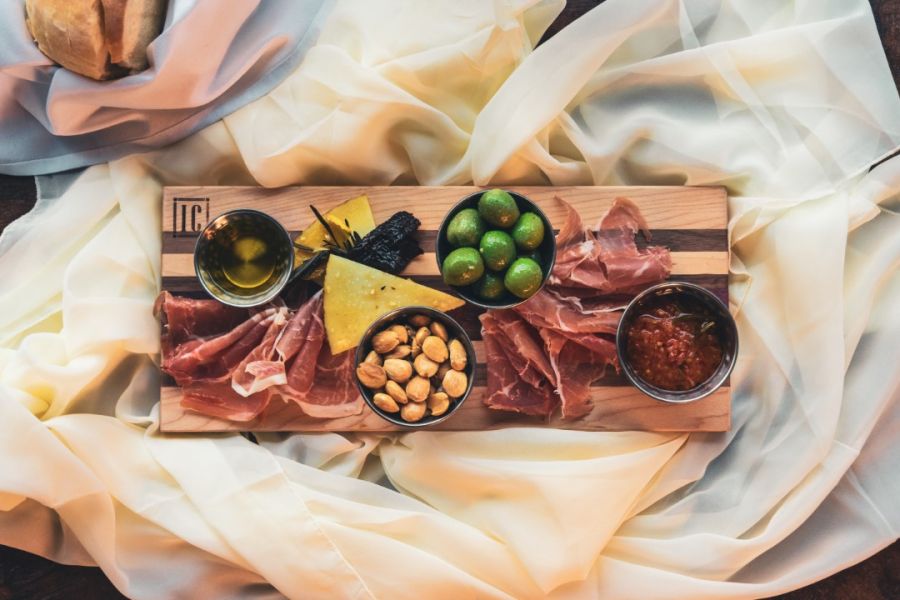Let’s start with what you want to do and which direction you want to go.
Eat Cured Meat will help you navigate the complex world of meat curing, smoking, and charcuterie.
Cured then dried meats often needs a deeper understanding beyond just recipes; I’ve called them making craft recipes. This process is longer and slightly more involved than making cupcakes.
Can be simple for non-meat foods. You can start by trying many foods, such as salt, spices, chocolate, eggs, potatoes, cream, vegetables, and so on. I’ve got a comprehensive guide I wrote about smoking all sorts of foods here.
Always cooking the food while smoke is around it, like an outdoor oven…with smoke. Inside this category, you’ll find both the European style traditional hot smoking, often applied to fish like kippers or mackerel. As well as portable hot smoking (with direct heat, in a small chamber) – this I call ‘direct’ heat hot smoking.
Both these methods should involve the first steps of salt curing (either dry/wet) and pellicle formation on meat for smoking attachment.
Hot smoking includes the more recent development of ‘Low and Slow’ Smoking (50-100 years of history, Original German and Czech immigrants used traditional European smoking techniques out of necessity), which involves often taking fatty meat first—not curing it, just applying a seasoned ‘rub’ to the exterior—and then indirect smoking and cooking it. This breaks down fat, sinew, tendons, and skin and produces soft and smoked meats.
Category includes dry-cured, emulsified (e.g., frankfurter), and cooked salami, which are all ready-to-eat styles. Dry-cured salami is definitely the most complex to make, and its flavor is multifaceted.

Includes all those delicious minced/ground meats mixed with spices/salt. It is generally then stuffed into a natural casing (intestine), such as hog/pig casings. The commercialization of sausage has led to many casing variations, such as collagen cases. Natural casings have always had the most beneficial properties when making fresh sausage.
Includes all those delicious minced/ground meats mixed with spices/salt. It is generally then stuffed into a natural casing (intestine), such as hog/pig casings. The commercialization of sausage has led to many casing variations, such as collagen cases. Natural casings have always had the most beneficial properties when making fresh sausage.
Charcuterie Boards
Another aspect of making, appreciating, and learning about cured meats – is the development of the charcuterie board for grazing.
Over a few decades it has morphed into more of a ‘buzz’ word. However, the history fo traditional Italian, French, and Spanish styles are the foundation. Presumptively, it’s been copied in Europe and marketed is various ways.
The topics is covered from a traditional and modern approach to showcase the development.
Here is the topic archive for charcuterie board articles to peruse.




